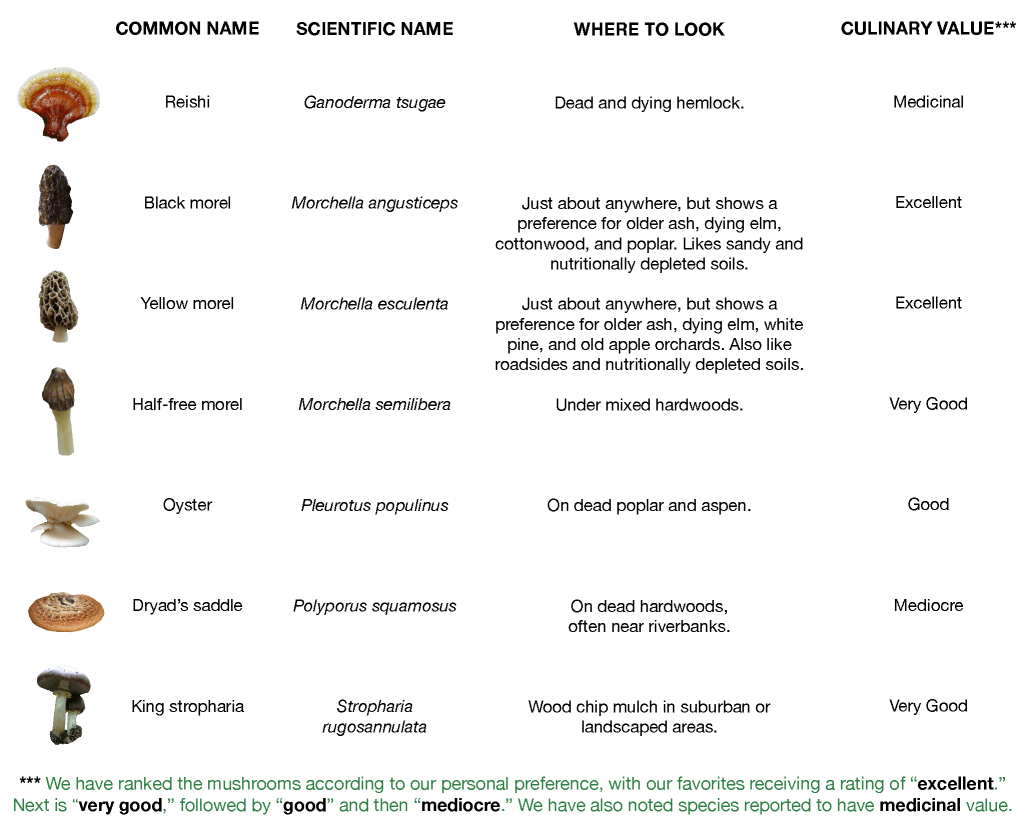Morels, with a Side of Arsenic
This proud forager has a confession to make – the closest I’ve come to a morel this spring was inadvertently stepping on a lone Gyromitra esculenta. It was a gruesome site, too – the convoluted, wrinkly flesh squished like a false morel pancake on the ground.
Up here in northern Vermont, peak morel season is only beginning. Veteran local forager Moore Mushrooms reported the region’s first black morel on May 7, but blondes are just starting to ripen this week. We were rained on heavily last weekend, and this week we have been blessed with the type of stunning, seasonal weather that summons morels and mosquitoes alike. Ramps are retreating, as Jack-in-the-pulpit, trout lily, trillium, and yellow lady’s slipper orchids bring sumptuous splashes of color to the sylvan stage.
But the big game is hiding in the shadows, at least for now. This is my third spring in Vermont, but as far as the morels are concerned, I am still a flatlander, a fledgling. I have an epic Vermont ramp patch, a chanterelle goldmine, even a riverside matsutake stronghold.
A good morel patch, however, can take years to find. Last spring I thought I had found my honey hole, a spectacular showing that made me feel like a morel millionaire. But as much as I love morels, I prefer them without a side of arsenic. My morel Mecca, it turned out, was uncomfortably close to a superfund site. And so it goes.
How does it feel, you might ask, to return your hard-earned treasure to the dank May ground? I submit to you that it feels better than suffering arsenic poisoning. While classic mycorrhizal fungi like chanterelles, black trumpets, and porcini tend to favor pristine woodland habitats, morels often pop up from disturbed ground. The well-known affinity of yellow morels for old apple orchards is particularly concerning. Fruit trees were routinely sprayed with lead arsenate throughout the 20th century, until it was replaced by the equally unsavory DDT in the ’50s and ultimately banned from orchards in 1988.
More research is needed to determine the extent to which morels and other fungi uptake heavy metals from contaminated soils. In the mean time, my quest for a pristine and plentiful Vermont morel patch continues.
ForageCast for the next two weeks!

